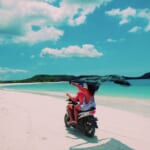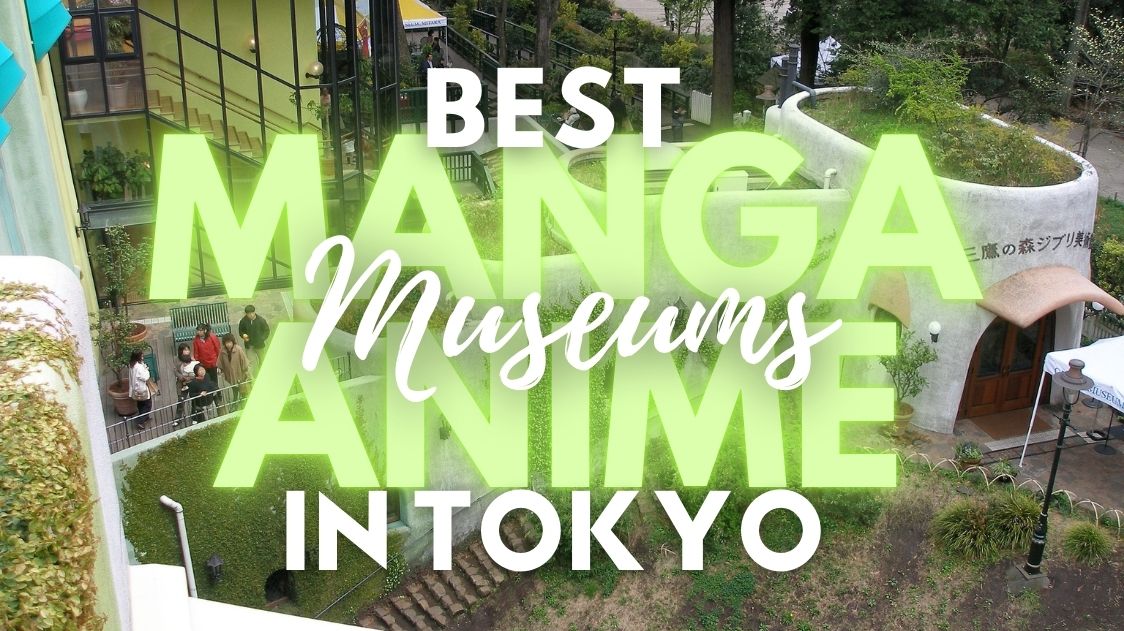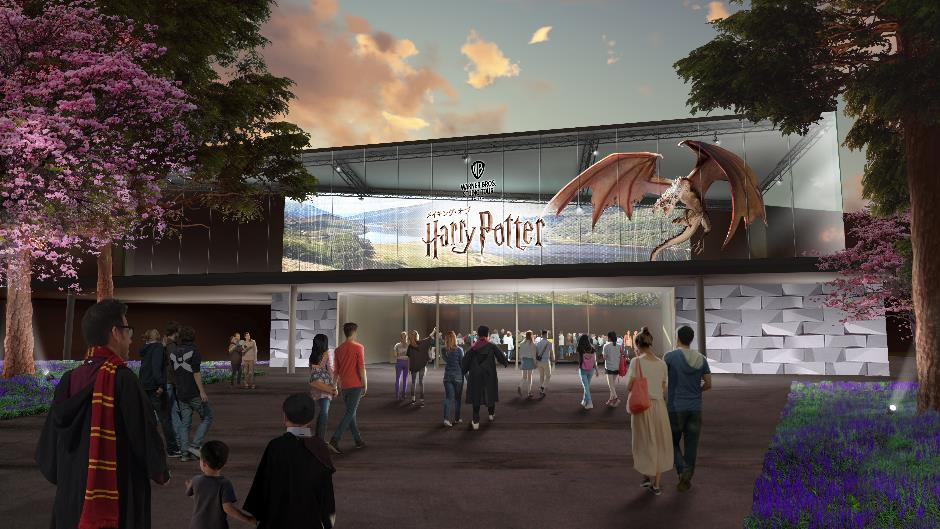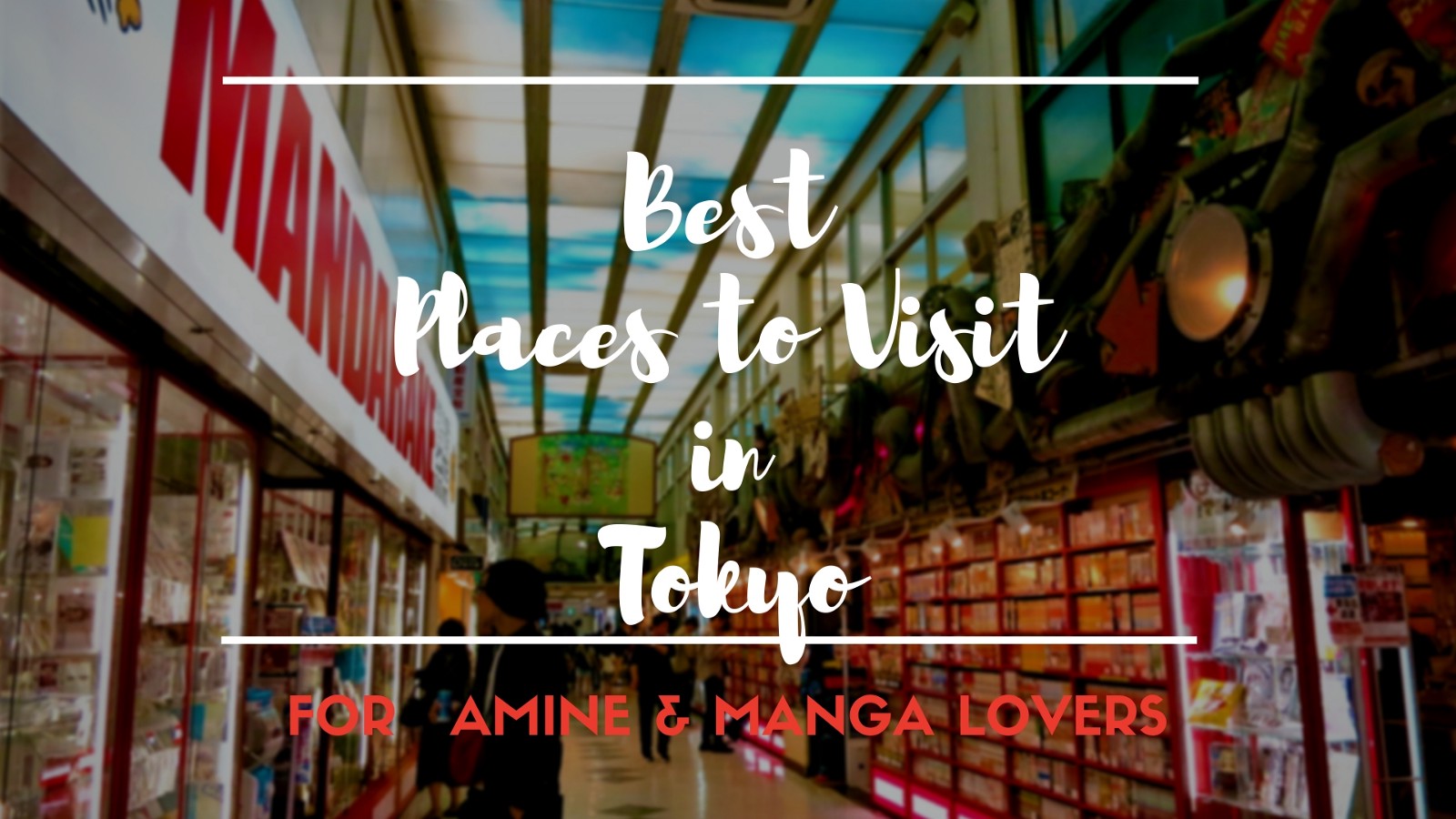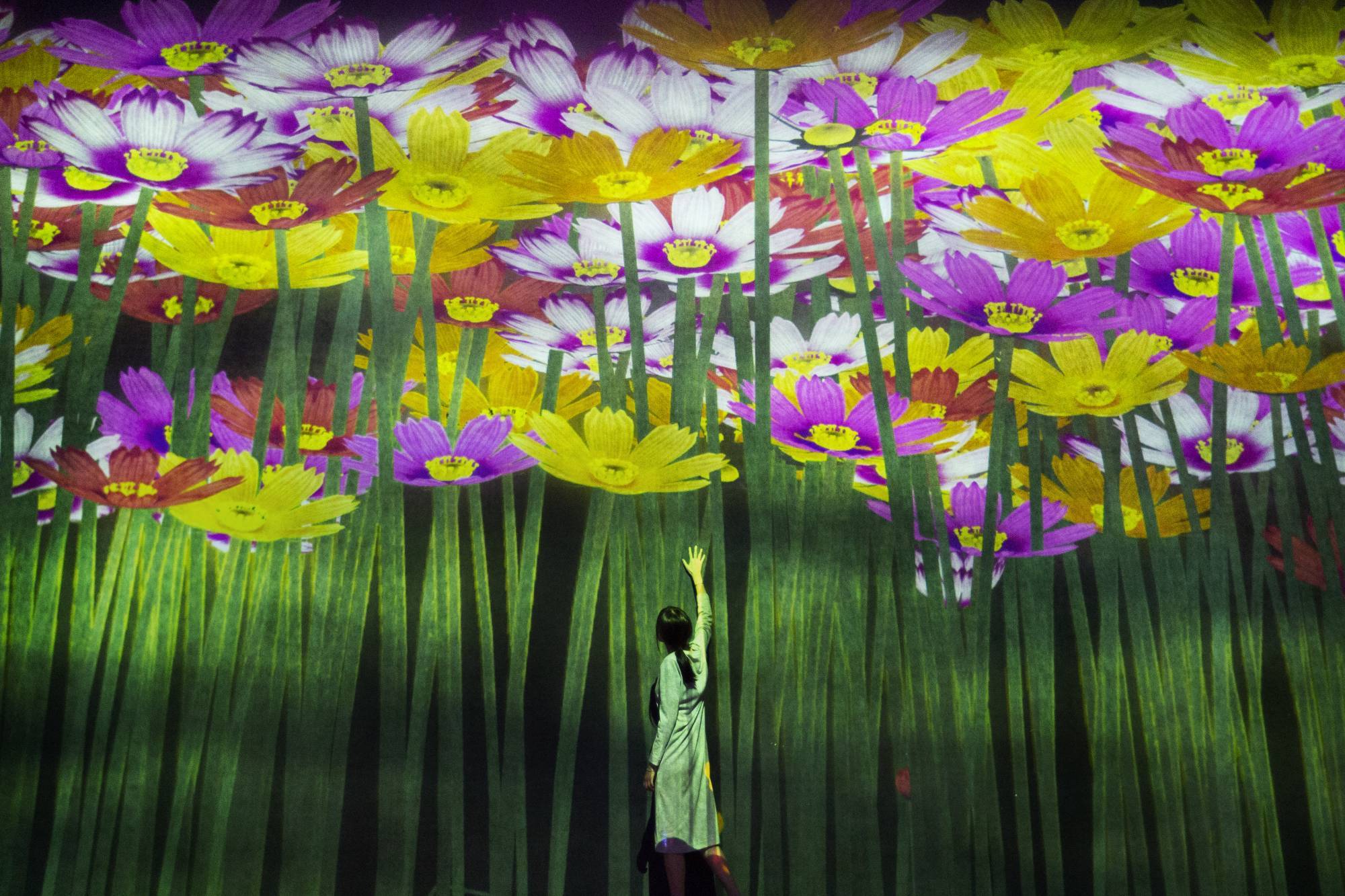Shueisha Manga Art Heritage Tokyo Gallery
Shueisha Manga-Art Heritage: New Permanent Gallery in Azabudai Hills

Shueisha (集英社) the largest Japanese publishing company established in 1925. Shueisha has published a large number of legendary manga such as Dragon Ball, Slam Dunk, Naruto, One Piece, Bleach, Demon Slayer and Jujutsu Kaisen, which were serialized in their manga magazines including Weekly Shonen Jump.
Shueisha has been working on a project called “Shueisha Manga-Art Heritage” since 2021 with the vision of “Manga is an artform that deserves to be passed down.”, and pulling out new possibilities of manga using digital archives spanning over a decade and today’s most advanced technology and quality materials.
Shueisha Manga-Art Heritage exhibited and sold their manga art only online, however, they have opened a first permanent gallery in 2023 winter. Shueisha Manga-Art Heritage Tokyo Gallery (集英社マンガアートヘリテージ トーキョーギャラリー) is located on B1 floor of Azabudai Hills Garden Plaza A inside the Azabudai Hills, a brand-new complex of three skyscrapers in Tokyo described as a Modern Urban Village. The gallery space is designed to evoke the image of paper passing through a printing press and has a tea room with a tatami floor where hanging scrolls are displayed and a lounge where visitors can purchase artworks.
Shueisha Manga-Art Heritage Tokyo Gallery is a new type of manga exhibition that allows visitors to perceive and treasure manga in different ways. If you are into Japanese manga or art, this place is highly recommended to visit in Tokyo.
This new voyage of the project has started with two exhibitions, showcasing “the origins of manga” and “the future of manga”.
ONE PIECE / Regenesis by Eiichiro Oda
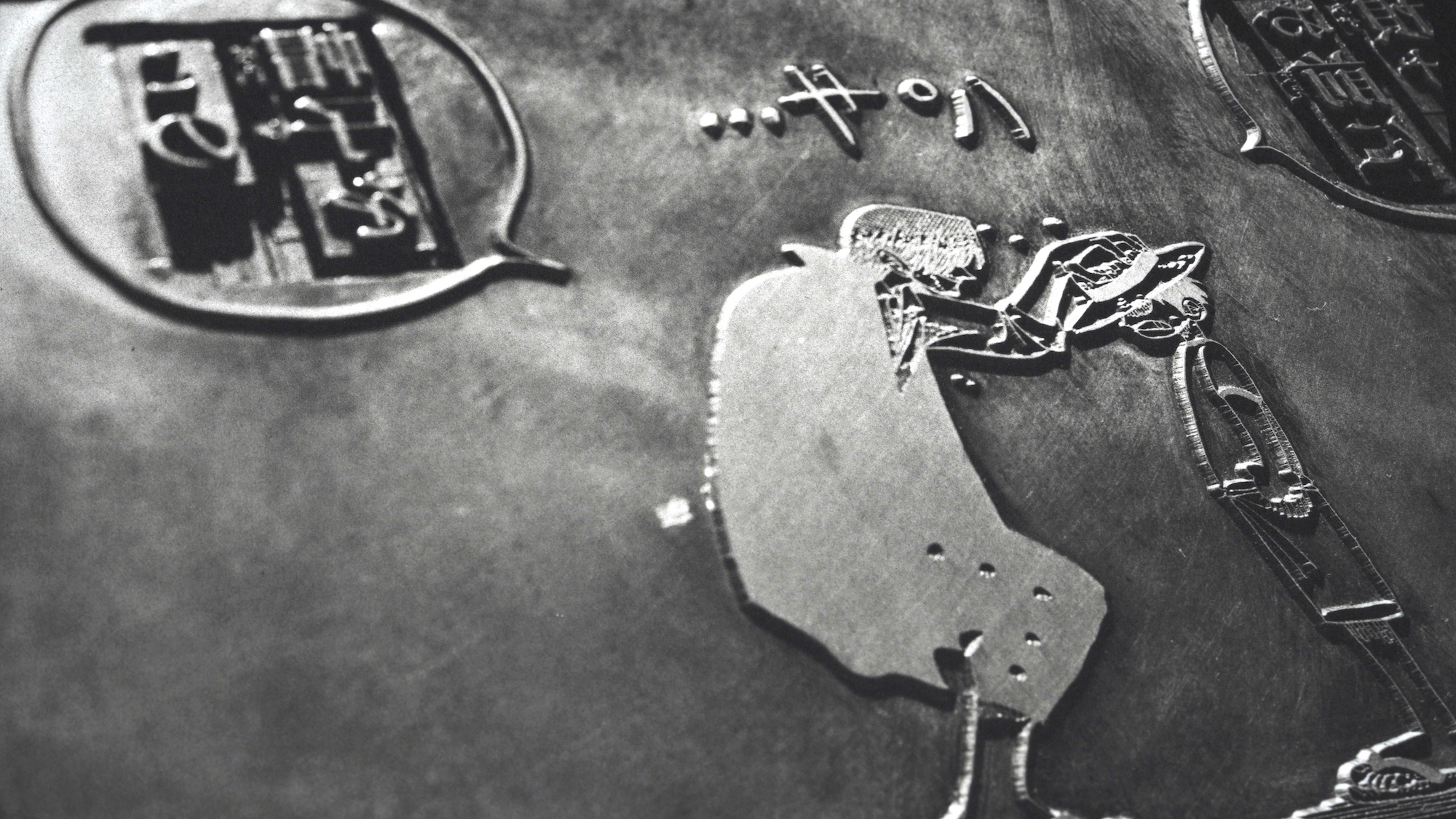
“Regenesis”= The centerpiece of the exhibit, which bears the name of resurrection, is an art work printed using a metal plate with type embedded in it.
Manuscripts that are often seen at manga exhibitions are illustrations drawn by artists with phototypesetting pasted onto them. The image that people may have of manga originals is the one with text pasted on speech bubbles. However, before the invention of phototypesetting and it got popular, typesetting and printing of manga were done by different ways.
In 70s, the method for printing manga was to etch the illustration onto a zinc plate, cut out the speech bubbles with a thread saw then embed the type into it. However, those zinc plates and types were melted down and reused at the printing factory once used, so the original copies do not exist and even photos of them couldn’t be found.
In 2022, with the help of Kazui Kobo, the project of recreating the printing of manga using zinc plates and moveable type was started. The process of producing zinc plates, type casting, assembling typesetting and letterpress printing has been recorded.
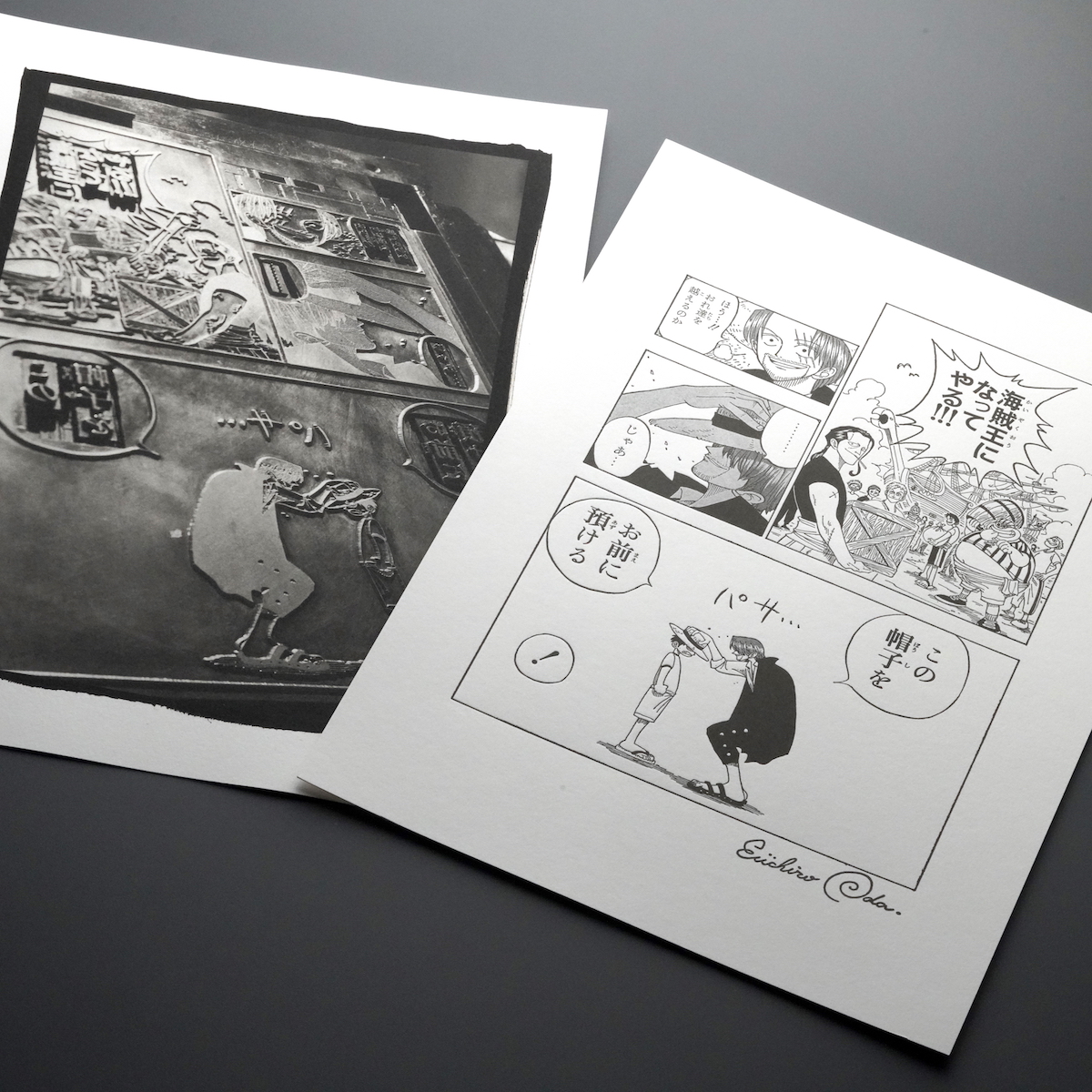
The page from the first episode of Eiichiro Oda’s ONE PIECE was chosen for this recreation program. These art prints, so-called OOPARTS (Out Of Place ARTifacts = discovered objects in an unusual context), will be exhibited and sold along with photographs of the prints.
BLEACH / The Millennium by Tite Kubo
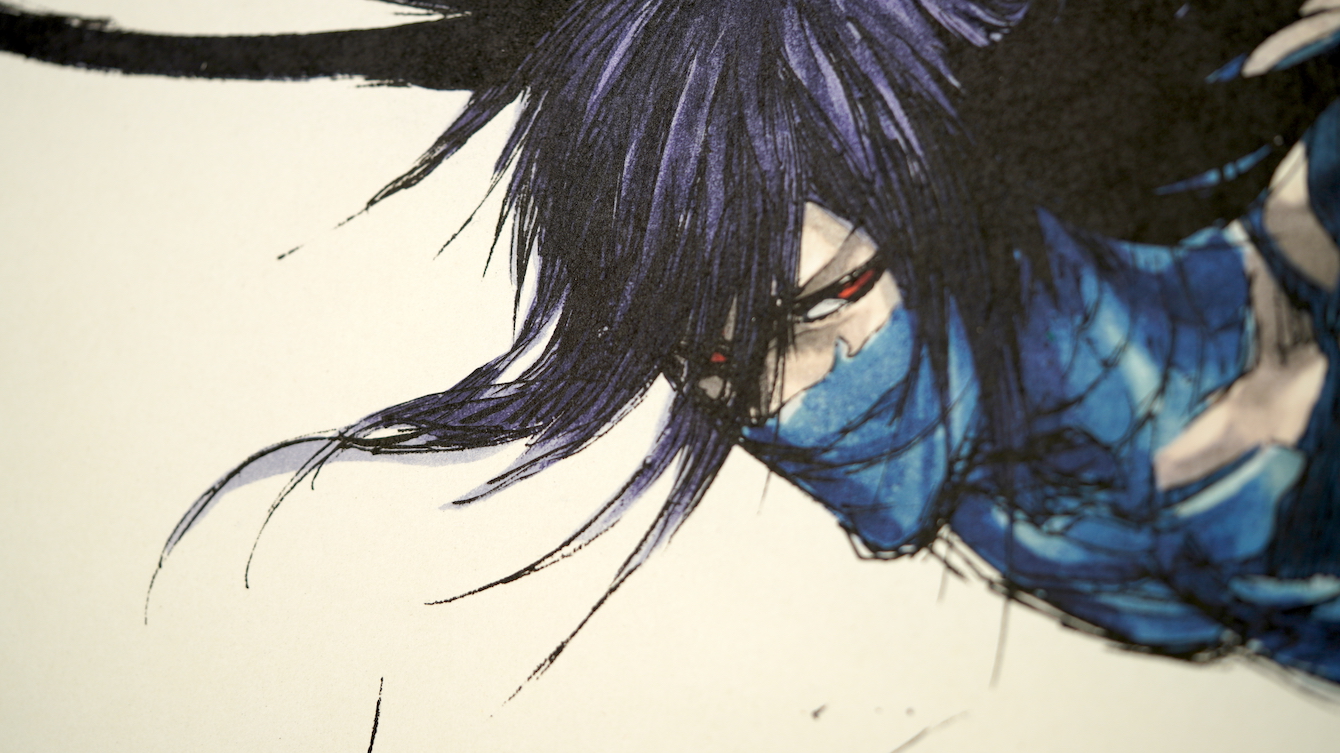
“Millennium”=a thousand years.
What should we do to pass on manga to the next 1,000 years? This art work uses the best possible techniques and materials from paper and printing to storage.
Mino paper from Gifu Prefecture, a type of Japanese handmade paper (washi) is considered to be the oldest paper in existence as it was used for a family register in 702. In Mino, handmade Japanese paper is still produced using traditional methods.
They use this type of paper for the collotype printing process, which has a history of about 150 years and is said to be the only historically proven method of retaining color which will last for over 100 years. This printing process was innovated in mid 19th century and there is only one company in the world today who can print in color using it.
The art work is done by a special 9th plate print by Benrido Collotype Studio in Kyoto, which is passed through the printing press 18 times in order to express the rich black.
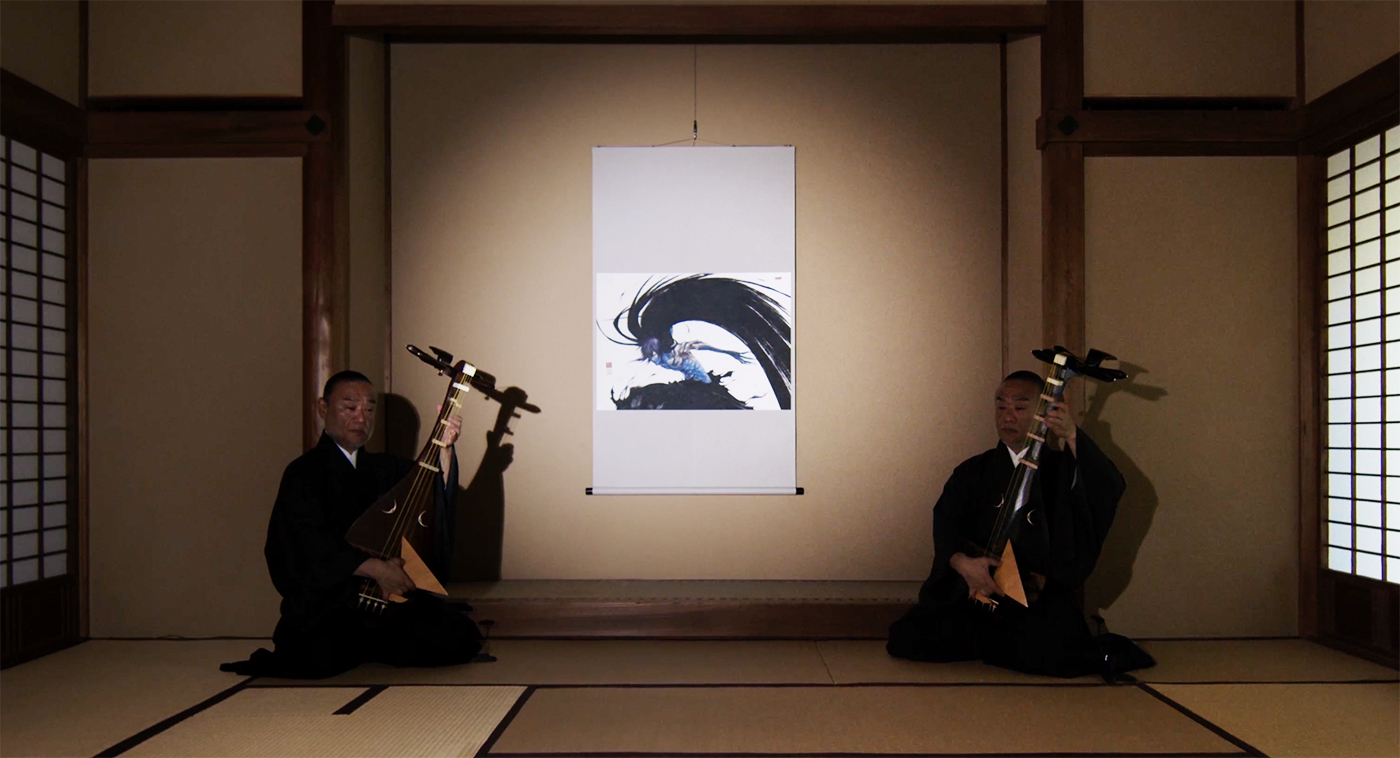
The print is signed and stamped by the artist, Tite Kubo, and the work is enclosed in a traditional wooden box with an ink brushed inscription on the back of the lid. It will be displayed and sold at the gallery’s tea room “A-an”.
Shueisha Manga Art Heritage Tokto Gallery (集英社マンガアートヘリテージ トーキョーギャラリー)
Map: https://maps.app.goo.gl/VEXHf7QybN1LGjUk6
Access: 1 min walk from Kamiyacho Station
Hours: 11:00~20:00
Closed: Monday
Official Website: https://mangaart.jp/
Thank you for reading! For more information about interesting places and events in Tokyo, please check out these articles, too!
▽Related articles▽
Written by
"The world is my oyster." As a dedicated globetrotter and hammock enthusiast, I’ve spent years chasing new experiences, collecting stories, and discovering the world’s most incredible destinations. Born and raised in Japan, I’ve always had a deep connection to my roots, but my love for adventure has led me to spend over a decade exploring countries across the globe—from culture-rich cities to remote hideaways.
Travel isn't just a hobby for me; it's a lifestyle. I'm constantly searching for new ways to fuel my wanderlust. Over the years, I’ve developed a wealth of knowledge and a treasure trove of tips that make traveling more enjoyable, practical, and meaningful.
Through my experiences, I've come to appreciate not only the beauty of travel but also the importance of understanding diverse cultures, embracing the unfamiliar, and stepping out of my comfort zone. My travels have shaped who I am today, and I’m excited to share those lessons with others.
With Japan Web Magazine, I aim to offer practical advice, insider tips, and firsthand stories that help travelers navigate their journeys to Japan or setting off on a global adventure. From hidden gems in Japan to travel hacks that make any trip smoother, I hope my insights inspire you to embark on your own adventures and make the most of every moment. Let’s explore the world together!
You can also find my stories here ▶ https://medium.com/@nahobm
